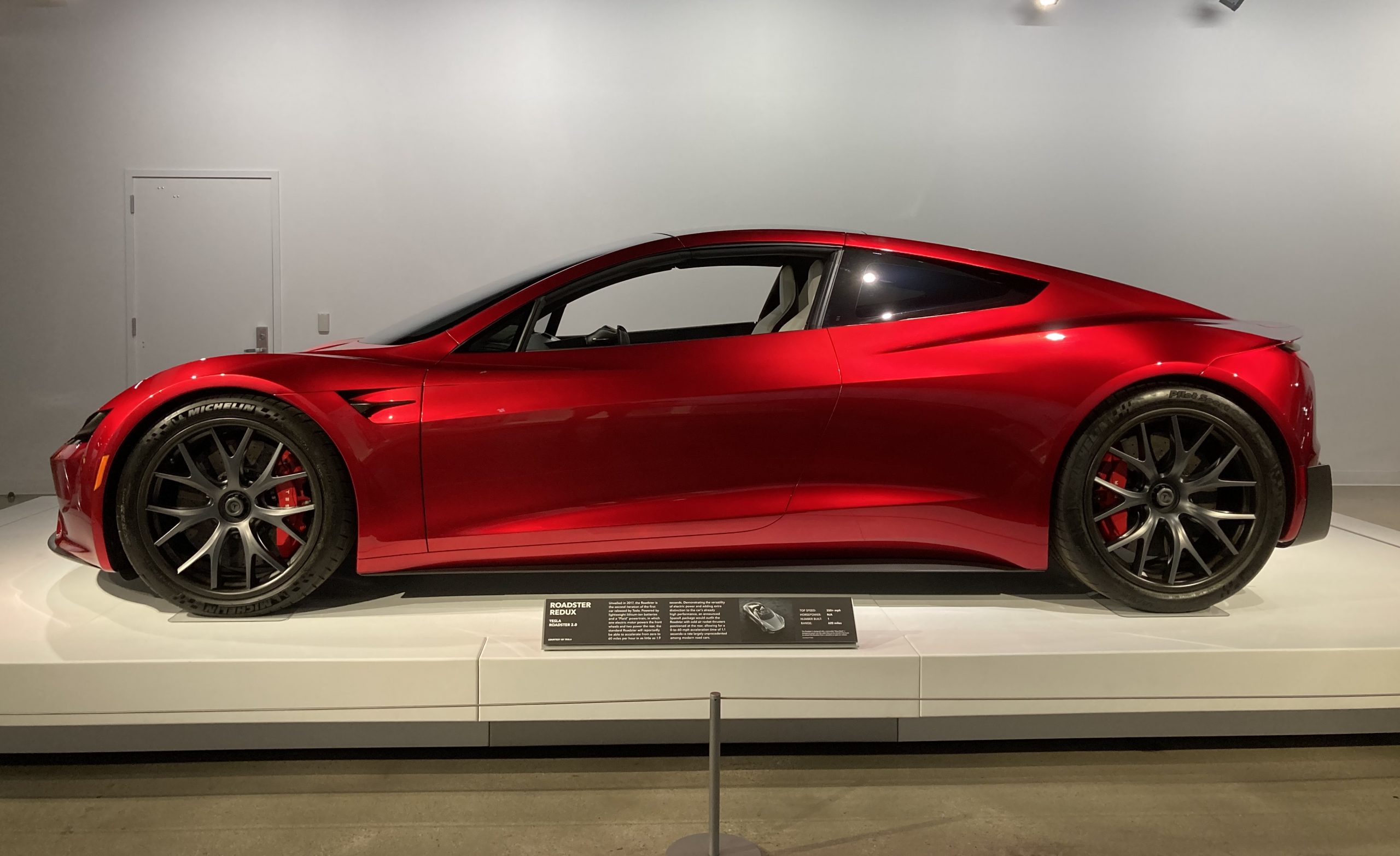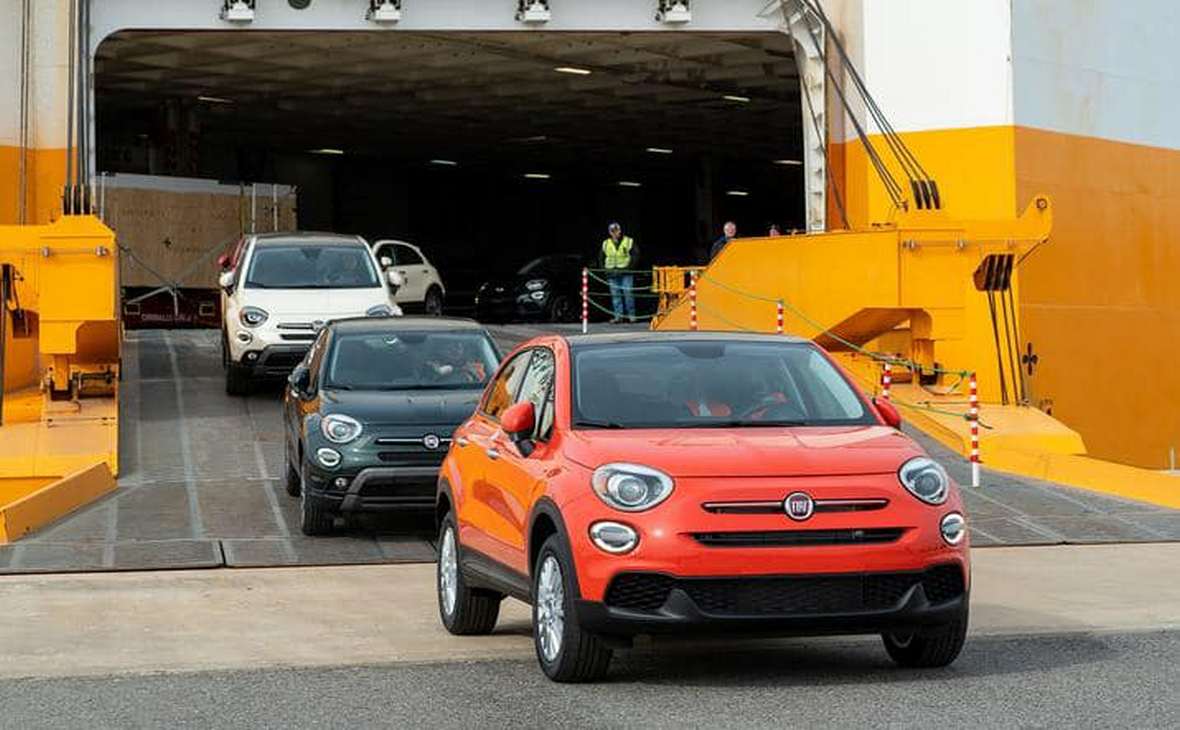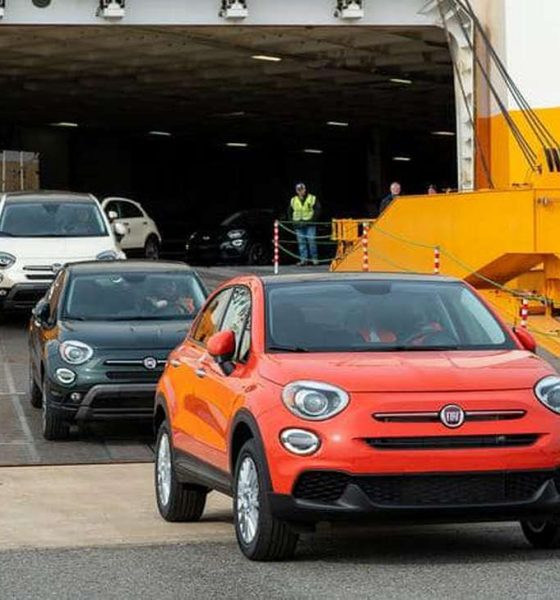Fiat Chrysler Automobiles (FCA) is making another strategic move to aid in its shift towards electrification, this time proposing a 50-50 merger with Renault that would make the joint venture the 3rd largest car manufacturer in the world with around 8.7 million annual sales.
The primary motivation for the deal is to split capital expenditure as both companies carry out their commitments to powertrain transitions, and FCA has estimated a $5.6 billion dollar cost savings to result from the merger. This move comes on the heels of an emissions credit deal with Tesla estimated to cost the Italian automaker over $1 billion dollars, and it doesn’t appear this expense will be affected by the merger in the short term.
Strict European Union (EU) emissions regulations led Tesla and FCA to enter into a vehicle pooling deal in April. Under the agreement, FCA will be counting Tesla’s zero-emissions fleet in its figures, allowing the company to lower its average CO2 output per vehicle. Both parties significantly benefit from the deal as FCA avoids EU penalties and Tesla receives monetary compensation. It also gives FCA extra time to work at its 5-year plan to move away from diesel and produce only all-electric and hybrid car models.
Fiat-Chrysler’s CEO Mike Manley previously estimated that 80% of FCA’s CO2 compliance would come from purchasing credits from Tesla in 2020 before falling to around 15 per cent in 2021. It’s not completely clear how Tesla’s emissions deal with FCA will be affected by a merger; however, as time is of the essence, very little may change, if at all. “If this merger proceeds, the creation of a new company could require more than a year,” Manley commented about the deal with Renault. If that’s the case, FCA would still need to meet EU regulation requirements in the meantime.
Beginning in 2020, 95% of automotive fleet-wide emissions in the EU must average under 95g of CO2 per kilometer, i.e., have a fuel efficiency of about 57 mpg for internal combustion vehicles. A Fiat-Renault merger would go well past this deadline, according to Manley, meaning FCA would still have to bear the cost burden of its deal with Tesla alone and on the original terms.
In 2021, full EU auto fleets must be compliant, and the penalties could add up to financial ruin for companies unable to meet the strict standards. FCA has been slower than its industry peers to adopt an electrification plan and needed to buy more time to carry out its strategy. The company’s efforts towards lower emissions will likely not manifest into enough production vehicles to avoid the EU fines by the impending deadline, leading to the deal with Tesla and representing another factor motivating the merger with Renault.
The terms of FCA’s proposed merger with Renault would give both auto makers equal representation on the combined board of directors, and shareholders would split the stocks equally. FCA further stated that no plant closures would result from the deal, although layoffs are still a question. Tesla, of course, is quite familiar with these types of changes that are necessary to completely uproot a century-old, gasoline-dominated industry in favor of one that’s more environmentally sustainable.

Elon Musk
Elon Musk just said some crazy stuff about the Tesla Roadster

Elon Musk appeared on the Moonshots podcast with Peter Diamandis today to discuss AGI, U.S. vs. China, Tesla, and some other interesting topics, but there was some discussion about the upcoming unveiling of the Roadster, the company’s electric supercar that will arrive several years after it was initially slated for release.
Musk made some pretty amazing claims about the Roadster; we already know it is supposed to be lightning-fast and could even hover, if Tesla gets everything to happen the way it wants to. However, the car has some pretty crazy capabilities, some of which have not even been revealed.
On the podcast, Musk said:
“This is not a…safety is not the main goal. If you buy a Ferrari, safety is not the number one goal. I say, if safety is your number one goal, do not buy the Roadster…We’ll aspire not to kill anyone in this car. It’ll be the best of the last of the human-driven cars. The best of the last.”
🚨 Elon on the Roadster unveiling, scheduled for April 1:
— TESLARATI (@Teslarati) January 6, 2026
Musk makes a good point: people who buy expensive sports cars with ridiculous top speeds and acceleration rates do not buy them to be safe. They hope they are safe in case of an emergency or crash, but safety is not at the forefront of their thoughts, because nobody buys a car thinking they’ll crash it.
The Roadster is truly going to push the limits and capabilities of passenger vehicles; there’s no doubt about that. Tesla plans to show off the new version car for the first time on April 1, and Musk has only hinted at what is possible with it.
Musk said back in November:
“Whether it’s good or bad, it will be unforgettable. My friend Peter Thiel once reflected that the future was supposed to have flying cars, but we don’t have flying cars. I think if Peter wants a flying car, he should be able to buy one…I think it has a shot at being the most memorable product unveiling ever. [It will be unveiled] hopefully before the end of the year. You know, we need to make sure that it works. This is some crazy technology in this car. Let’s just put it this way: if you took all the James Bond cars and combined them, it’s crazier than that.”
Production is set to begin between 12 and 18 months after the unveiling, which would put the car out sometime in 2027. Hopefully, Tesla is able to stay on track with the scheduling of the Roadster; many people have been waiting a long time for it.
News
Tesla launches hiring for Robotaxi program in its twentieth country
Overall, the hiring signals Tesla’s aggressive timeline for global dominance in autonomous mobility.

Tesla has launched a hiring initiative for its Robotaxi program in its twentieth country, as the company posted two new jobs in Thailand this week.
Tesla is hiring in Bangkok and Kowloon for the Vehicle Operator position, which is related to data collection, and is the first in Thailand, but the twentieth country overall, as the company tries to expand into other markets.
🚨 BREAKING: Tesla is hiring additional full-time Vehicle Operators in Bangkok, Thailand.
Previous openings were 6-month, part-time roles. These are equivalent to AI Safety Operator roles in the U.S. pic.twitter.com/R6LzoU1bos— Tesla Yoda (@teslayoda) January 5, 2026
Tesla has had active job postings for Vehicle Operator positions in the United States, India, Israel, Taiwan, Germany, the Czech Republic, Hungary, the UK, Finland, Switzerland, Sweden, the Netherlands, Austria, Spain, Norway, Italy, and Turkey in past listings.
These postings are not all currently available, likely because the roles have been filled.
Thailand is the most recent, and broadens the company’s potential path to expanding its ride-hailing program, which is only active in the United States in Austin, Texas, and the California Bay Area, so far.
These roles typically involve data collection, which assists in improving Autopilot and Full Self-Driving operation. Tesla’s self-driving programs utilize real-world data that is accumulated and stored, observing vehicle and traffic behavior, as well as tendencies that are performed by human drivers to help increase safety and overall performance.
Overall, the hiring signals Tesla’s aggressive timeline for global dominance in autonomous mobility. Although the company has several high-profile rivals and competitors in the field, it has established itself as a main player and a leader in the development of autonomous technology, especially in the U.S., as its FSD suite is refined on almost a weekly basis.
The Full Self-Driving suite is available in seven countries and territories currently, including the U.S., Canada, China, Mexico, Puerto Rico, Australia, and New Zealand. Its biggest goal for expansion is currently the European market, where regulatory hurdles have been the main bottleneck prolonging its launch on the continent.
Tesla has performed months of testing in various European countries, including France and Spain, and does have support in some areas from various regulatory agencies. However, the company is hoping to get through this red tape and offer its suite in Europe for the first time, hopefully this year.
News
Tesla China rolls out Model Y upgrades, launches low-interest financing
These strategies are aimed at improving the ownership experience and keeping vehicle pricing competitive in the world’s largest electric vehicle market.

Tesla has rolled out minor updates to the five-seat Model Y in China, upgrading the vehicle’s center display to a higher-resolution 16-inch 2K screen. The electric vehicle maker also introduced attractive financing options, including 7-year low-interest rates, to offset the new purchase tax on EVs.
These strategies are aimed at improving the ownership experience and keeping vehicle pricing competitive in the world’s largest electric vehicle market.
Five-seat Model Y gets larger, better display
With its recent update, all three variants of the five-seat Model Y now feature an upgraded 16-inch 2K resolution center display, which replaces the vehicle’s previous 15.4-inch 1080p panel. This screen was already used in the six-seat Model Y L, and it offered improved visual clarity. Tesla China has also updated the Model Y’s headliner to black, giving the vehicle a sleeker appearance.
Prices of the five-seat Model Y remain unchanged at RMB 263,500, RMB 288,500, and RMB 313,500 for the respective trims. This update enhances the cabin experience as domestic rivals are already adopting high-resolution screens. As noted in a CNEV Post report, some domestic automakers have begun rolling out vehicles equipped with 3K-resolution displays.
New financing offers
Tesla also launched ultra-long-term financing offers for its locally produced models in China, which include the Model 3 sedan, the five-seat Model Y, and the six-seat Model Y L, through January 31, 2026. The 7-year option features an annualized fee rate as low as 0.5%, which is equivalent to 0.98% interest. This is expected to save customers up to RMB 33,479 ($4,790) compared to standard rates.
A 5-year zero-interest plan is also available, and it has been extended to the Tesla Model Y L for the first time. These incentives help offset China’s new 5% purchase tax on New Energy Vehicles (NEVs) in 2026-2027. Some of Tesla’s rivals in China have announced in recent months that they would be covering the purchase tax owed by buyers early this year.










